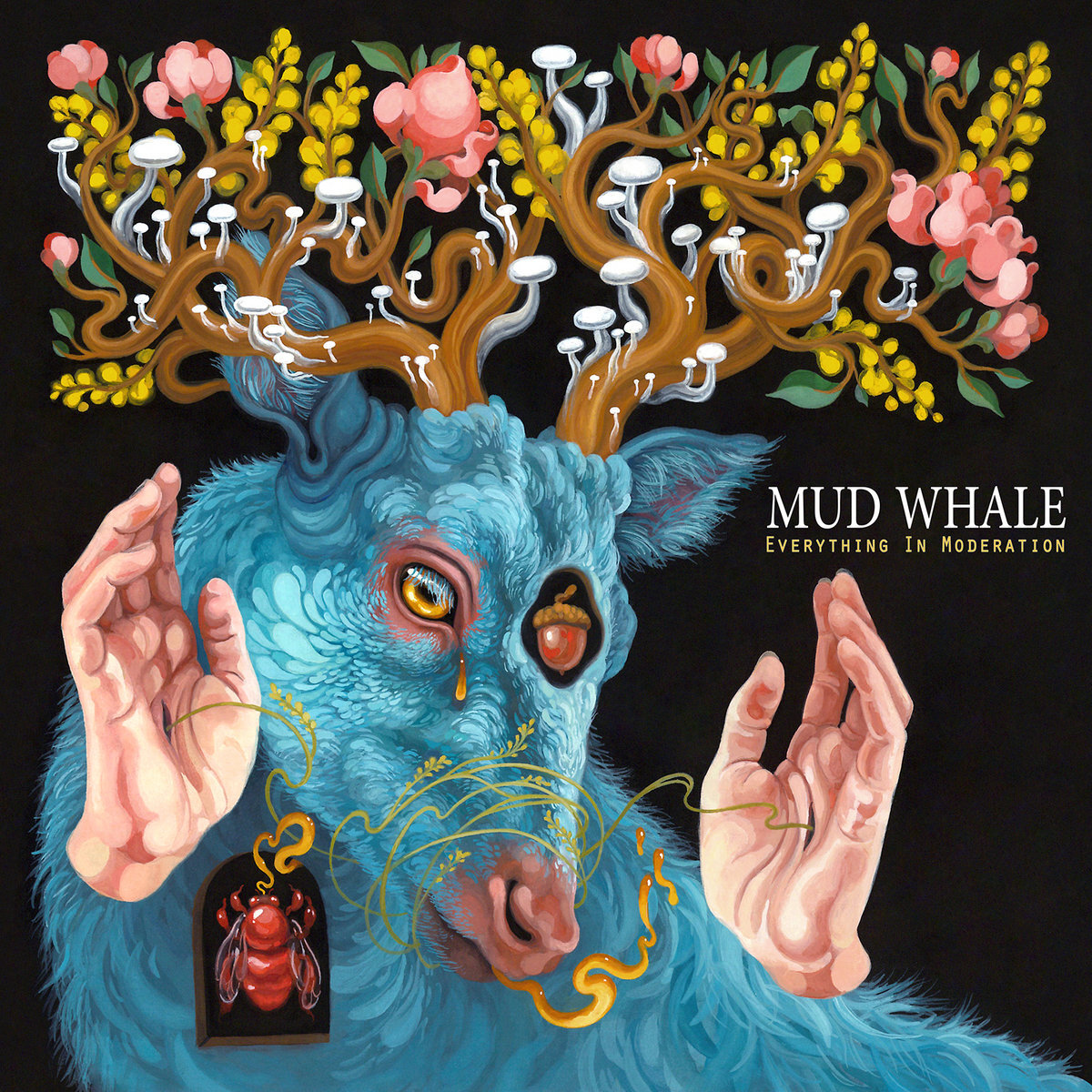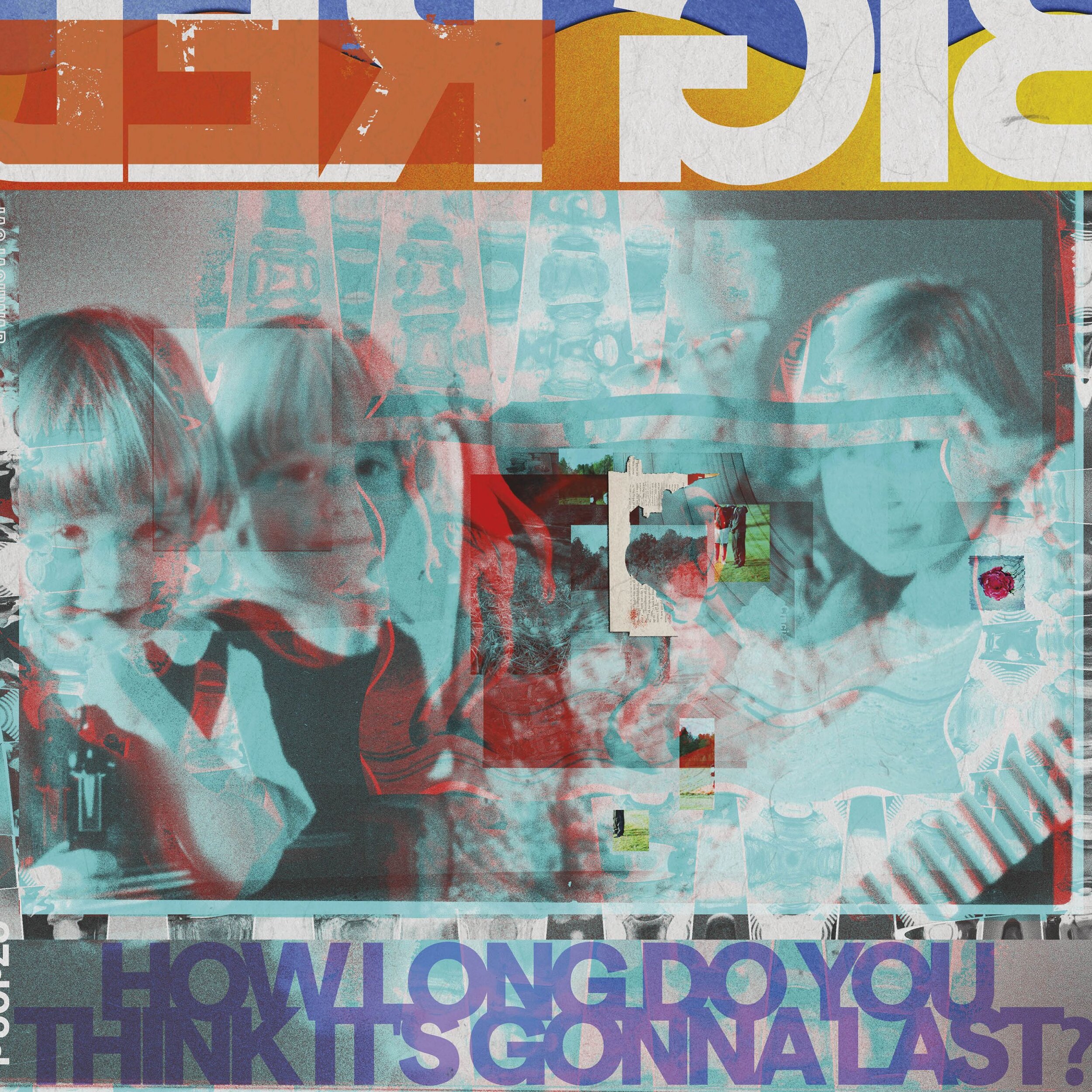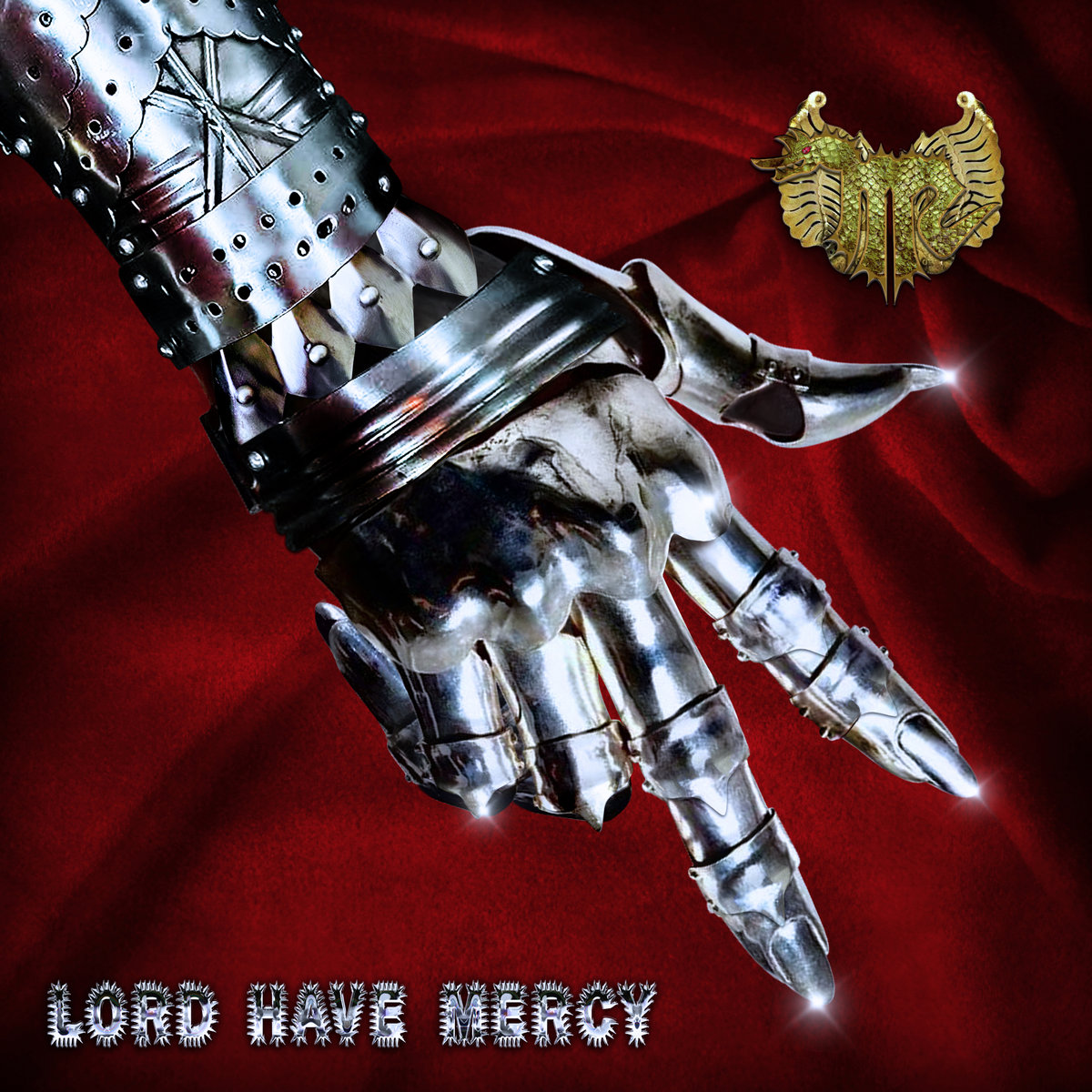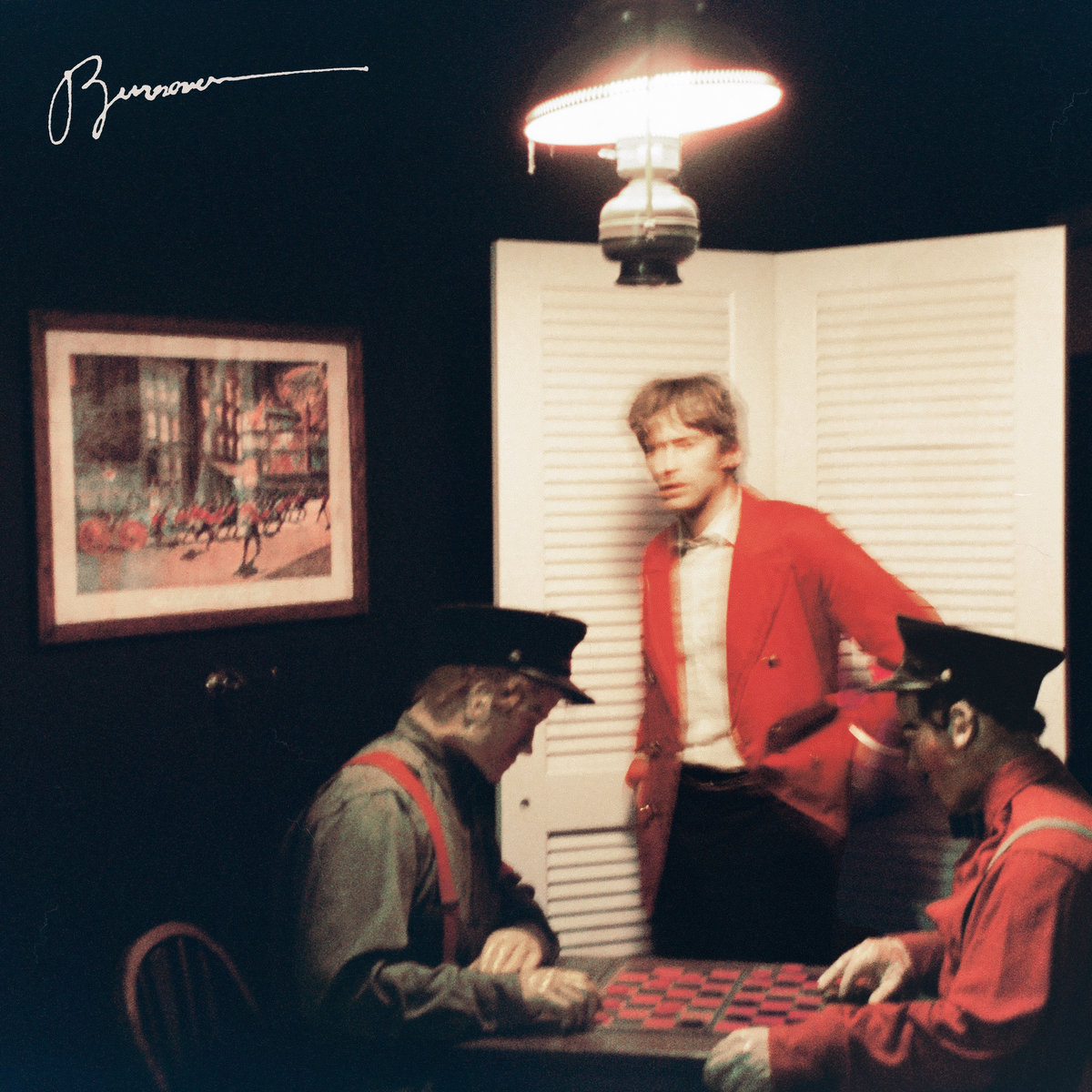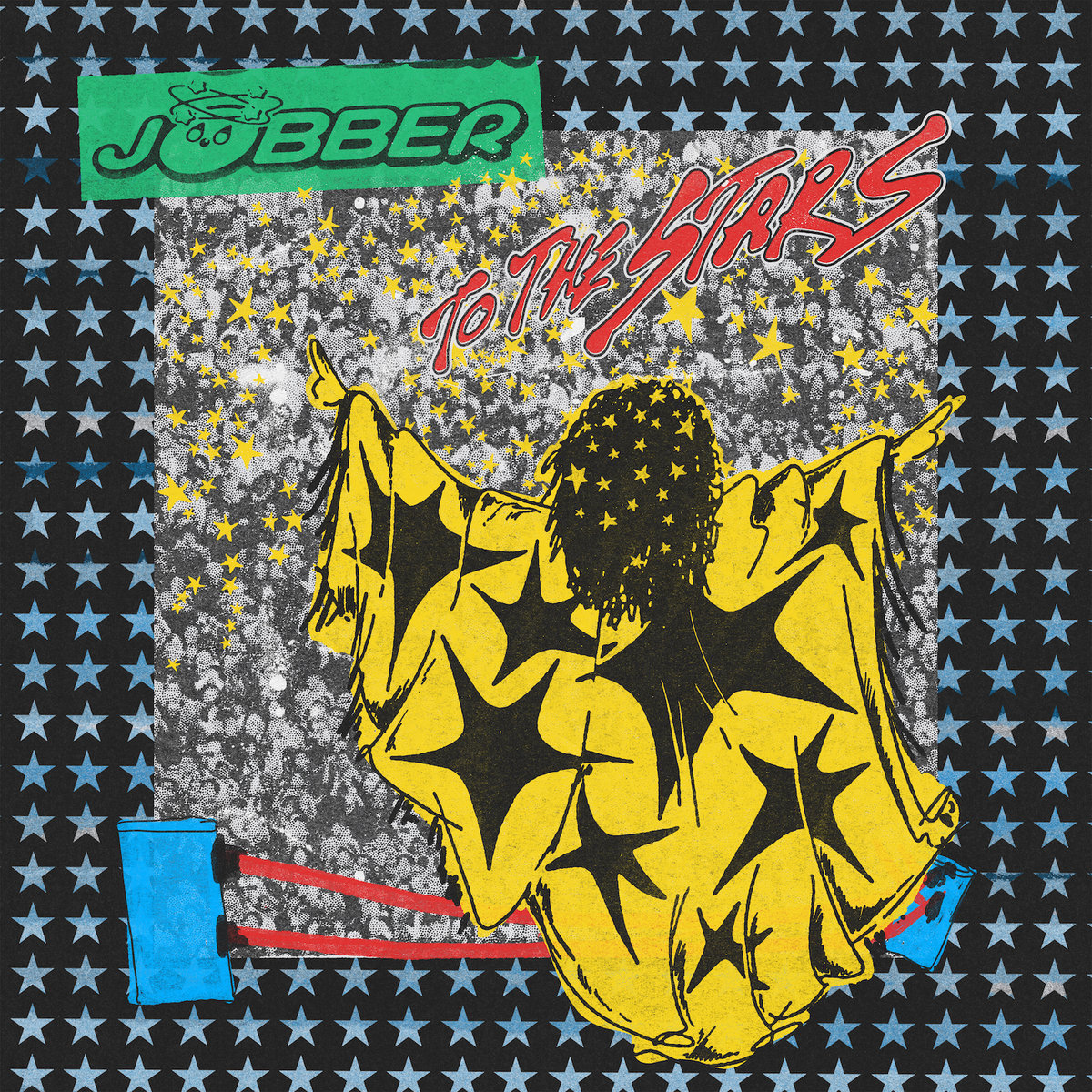Ranking Every Level in Guitar Hero II Based on How Clean I Think Their Bathrooms Would Be
/It’s been a while since I’ve published a long-form shitpost listicle, so here ya go. This one is exactly what it sounds like; every venue from the 2006 video game Guitar Hero II rated by how clean I think their bathrooms would be. For the full effect, listen along to the soundtrack while reading to envision it all properly.
Nilbog High School - Midwest, USA
Allegedly based on the Hartland Performing Arts Center in Howell, MI, if Nilbog is anything like Bled Fest, then the bathrooms are plentiful and relatively well-kept. Possibly one or two clogs throughout the grounds and most likely a handful that have run out of paper towels, but the sheer number of bathrooms make up for the few that have fallen into disrepair. 7/10.
The Rat Cellar Pub - Boston, MA
Absolute shithole. You know the beers cost like $2 here, and the bathroom reeks of PBR and piss on a good day. I’d bet $100 that the stalls here don’t have doors, so I hope you’re not shit shy. They probably have more stickers on the bathroom walls than passing health inspector grades. 2/10.
The Blackout Bar - Providence, RI
The Blackout Bar feels like a pretty standard midsized bar venue. They’re committed to a color scheme, which I always appreciate. The bathrooms are probably serviceable, if not a little coke-dusted. The ground is slightly damp, but if you don’t think too hard about it, you can almost convince yourself it’s because they just mopped in there. You can still hear the band pretty well while doing your business, so that’s always a bonus. 6/10.
The RedOctane Club - Brooklyn, NY
An imagined theater named after a video game developer? You just know they have Doritos available as concessions. Name aside, I can almost guarantee an excellent bathroom experience. They definitely have nice, wide stalls, fresh urinal cakes, and hand-sensors on the sinks. The only downside is that it’s probably a bit of a hike from the stage to get to the restrooms at the back of the venue. 8/10.
The Rock City Theater - Detroit, MI
Seemingly modeled after the Fox Theatre in downtown Detroit, I know exactly what the bathrooms in The Rock City Theater look like. There’s a checker tile pattern on the floor, a bathroom attendant hocking mints, and plumbing that’s older than most of the acts that play there. Outside of the spacious bathroom design, the number of stalls means that there is almost always a line snaking out the arched doorway, and for that, I must deduct several points. 5/10.
The Vans Warped Tour - Austin, TX
Even if you’ve never been to Warped Tour, you’ve probably attended an outdoor festival, so you know what to expect. The bathrooms are just a series of four dozen portapotties tucked away somewhere on the festival grounds. The only way to clean yourself is either with a squirt of hand sanitizer or one of those weird outdoor pump-style sinks. This setup is fine as long as you use the bathroom within the first few hours of doors, but they fill up with human waste so fast that you must prepare for the worst and use them only out of desperation at a certain point. Plus, this is in Texas? Hot southern weather and festival portapotties are a combination straight out of hell. 1/10.
Harmonix Arena - Oakland, CA
Based on its location in Oakland, it’s safe to assume that the Harmonix Area was crafted in the image of the Oracle Arena. These places are quite literally designed for hordes of people swilling $13 beers and pissing en-masse. They have enough urinals for an army, and I respect that. The restrooms often have basic designs and are dotted throughout the area, so you’re never too far from relief if needed. Plus, most of the bathrooms deposit you straight back to the vendor areas, so you can empty your bladder and refill your beer in one hyper-efficient trip. Definitely a solid setup. 9/10.
Stonehenge - England
Following the grand tradition of ornate and increasingly mystical final levels, Guitar Hero II ends in Stonehenge. While I’d like to assume this would be a standard outdoor show portapotty setup, Stonehenge is technically a prehistoric monument. I could see them now allowing the go-to festival setup in order to preserve the sanctity of the grounds. So, worst case, this is kind of like a hiking trail “just hold it” situation, or people are just goin’ for it in nature. Freeing as this can be, in almost any case, it means that the bathroom setup is lacking. I guess it would kinda be worth it to see a UFO synch its lights up to a performance of “Free Bird,” but that’s a long way to go for all the holding in you’d have to do. 4/10.










